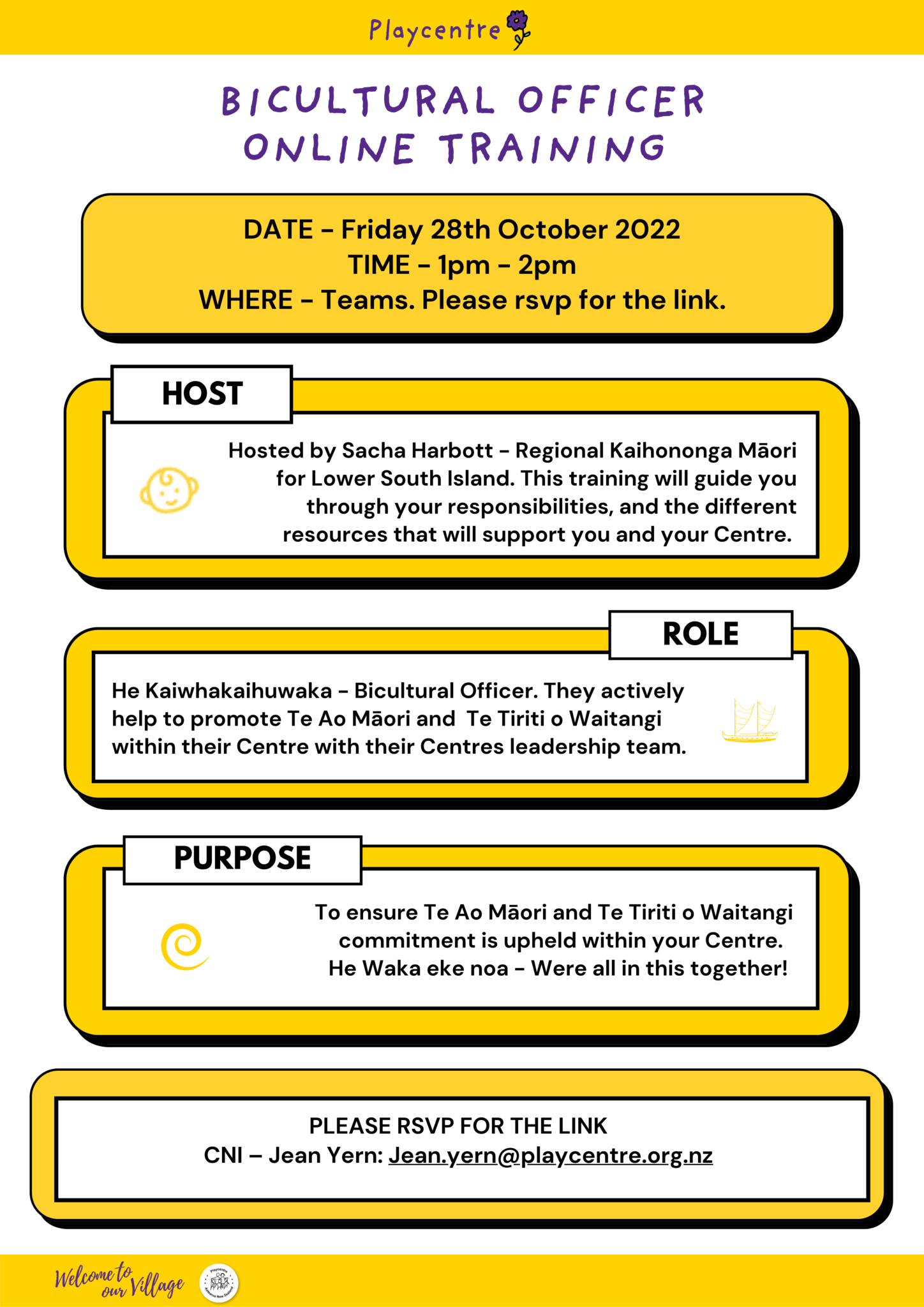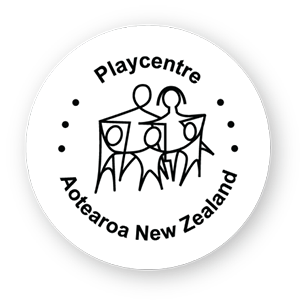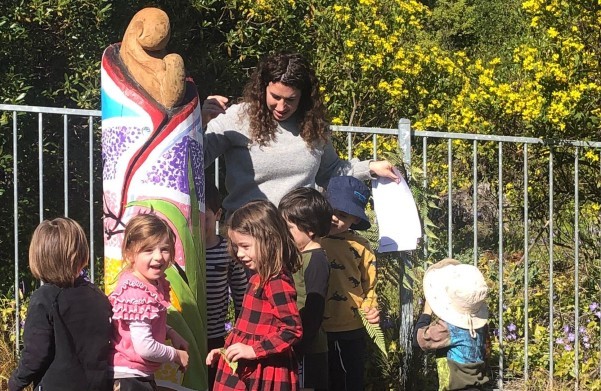Farewell to Deacon Andrews – Kaihononga Māori (Upper North Island Region)
Rere arorangi nei ā mātou manu ki te tihi o Whakarongorua. Mai i te keokeonga o te poutokomanawa rā ka kite te marae ātaahua rirerire o Mokonuiārangi. Whaia te awa o Utakura, e hāro ana ki te moana o Hokianga. Kei te uri o Rāhiri, o te Whare Tapu o Ngāpuhi e mihi ana ki a koe, otirā ki a koutou ko tō hapū o Te Ngahengahe. Ki tā Ngāpuhi, ka tū tahi te tuakana me te teina, ā, ko koe tēnā e hoa, nāu te whakataukī nei e whakatinana. Kāore e tua atu i a koe hei akiaki, hei ārahi hoki i ā tātou kaimahi katoa. E mihi ana ki a koe Deacon, tēnā koe e te rangatira, he kairanga i te tira, i te tira o te Whānau Tupu Ngātahi. He kaiārahi, he kaitīmata, he kaiwhakatutuki i ngā mahi ka whai ai te iwi. E whai ana koe i te ara hōu, hei whai hua mō tō whānau, mō tō hapori hoki, nō reira, ka kata ngā pūriri o Te Whānau Tupu Ngātahi. Ko te pae tawhiti whāia kia tata, ko te pae tata whakamaua kia tīna. Haumi ē, hui ē, tāiki ē!
Our bird flies directly to the peak of Whakarongorua. From the summit of that ridgepole (the maunga are said to be ridgepoles holding the sacred house of Ngāpuhi), the beautiful marae of Mokonuiārangi can be seen. Following the river of Utakura, soaring down to the Hokianga harbour. We acknowledge you, a descendant of Rāhiri, of the sacred house of Ngāpuhi, and also acknowledge your hapū Te Ngahengahe. According to a Ngāpuhi saying, the older and younger brother will stand as one, and this is you, you have embodied this whakataukī. You are incredibly encouraging and able to guide and uplift all your colleagues to get involved. Therefore, we acknowledge you Deacon, you are a leader, a weaver of people, of the group and of Te Whānau Tupu Ngātahi. A leader, a starter and finisher of tasks and so the people follow. Your off now on a new path which will be great for your whānau and community so we, Te Whānau Tupu Ngātahi are delighted for you. (ka kata ngā pūriri o Taiamai, is a Ngāpuhi whakataukī meaning the pūriri trees of Taiamai are laughing. It signifies the smiling face of nature and is a message of congratulations, which links nicely to both Deacon from Ngāpuhi and Te Whānau Tupu Ngātahi as the pūriri trees have been significant to rōpū Māori. Seek out distant horizons, and cherish those you attain. Bonded in our common goals and unity.
He Taonga Hou
Learning story written by Emma Rolleston | Kaihononga Māori Upper South Island
Ehara taku toa i te toa takitahi, ēngari he toa takitini- Success is not the work of one, but the work of many.
We were invited to the unveiling of Diamond Harbour’s new pou. Caved by Wally Hemapo and painted by Rebecca Gibbs and the tamariki of Diamond Harbour Playcentre, this Pou is the newest addition to the Diamond Harbour whānau.
The sun was shining bright that day with the tamariki and their whānau basking in the rays of Tamanui te Rā. On our arrival to the centre, we were met with manaakitanga and aroha. The centre whānau did a great job to ensure that the protocols to follow respected Te Ao Māori, the values of whanaungatanga and manaakitanga were organically interwoven into the unveiling of their new taonga.
The unveiling started with a mihi from the centre, acknowledging the input from staff and whānau. It was then followed by karakia and waiata, with further acknowledgements given by the local community members. After the unveiling of the pou, tamariki and their whānau were encouraged to leave a fern at the bottom of the Pou. This action provided tamariki with the opportunity to have input into the ceremony.
The meaning behind the taonga
The carving on the pou signified the bond between a mama and their pēpi. The artwork reflected the natural landmarks that surround Diamond Harbour Playcentre. Tamariki were also encouraged to use their matimati to embellish part of the pou, affirming their connection within Playcentre. The harakeke represents the intergenerational connection between whānau and Playcentre.
E kore e mimiti te puna o mihi ki a Diamond Harbour, mo tā rātou kaha ki te mau ki ngā tikanga o Te Ao Māori. Inā kei te mohio koe ko wai koe, i anga mai koe i hea, kei te mohio koe, kei te anga atu ki hea – If you know who you are and where you are from, then you will know where you are going.
Bicultural Officer Online Training



